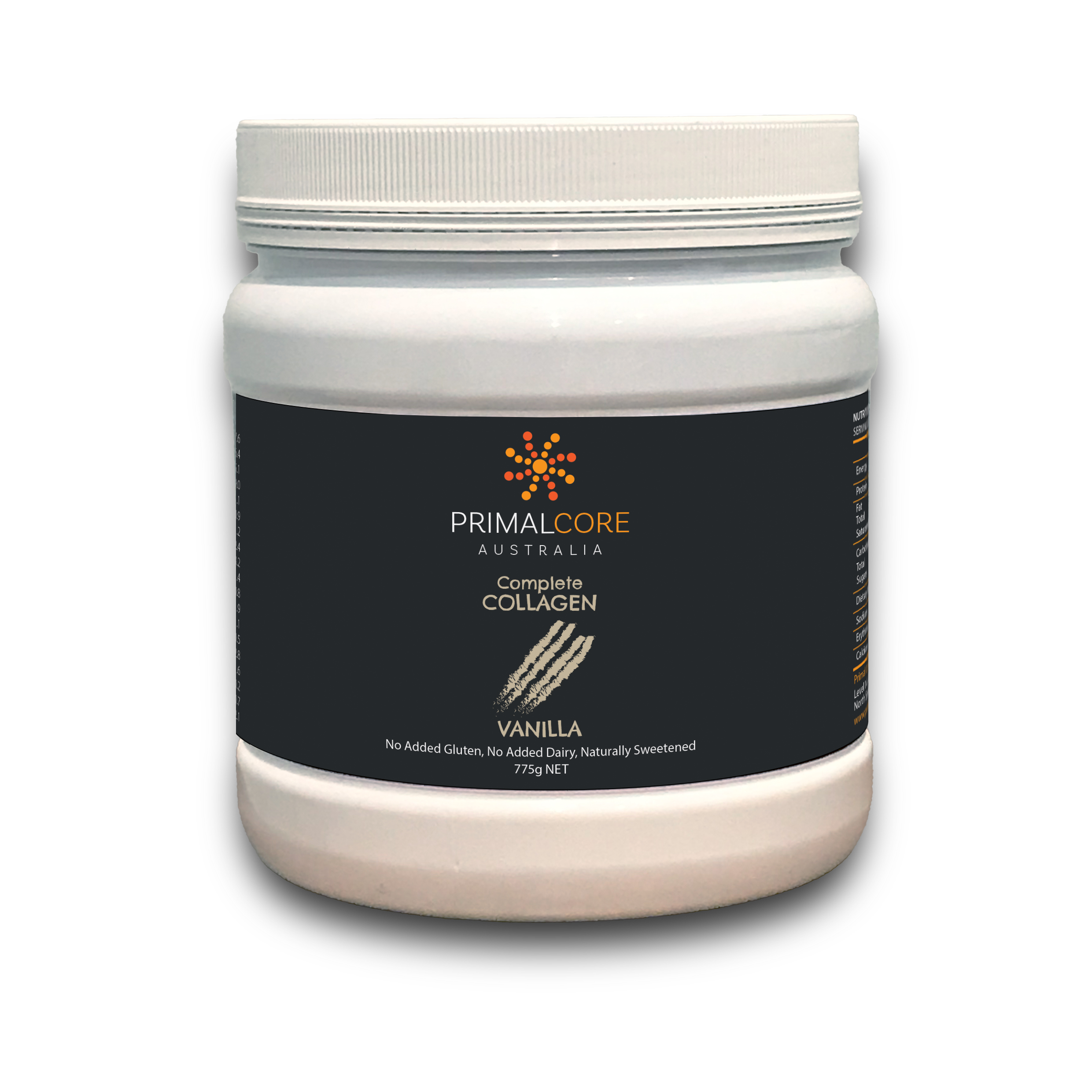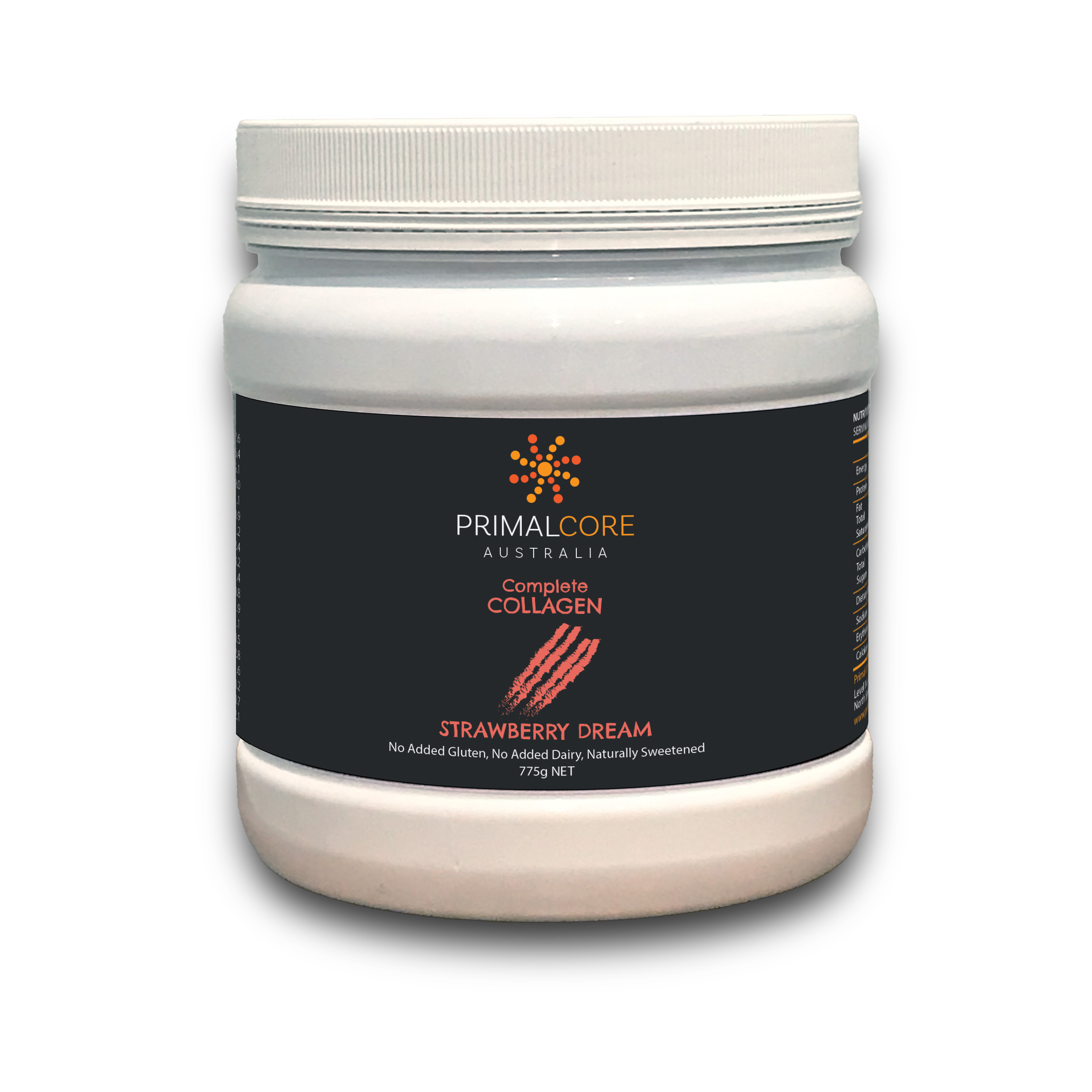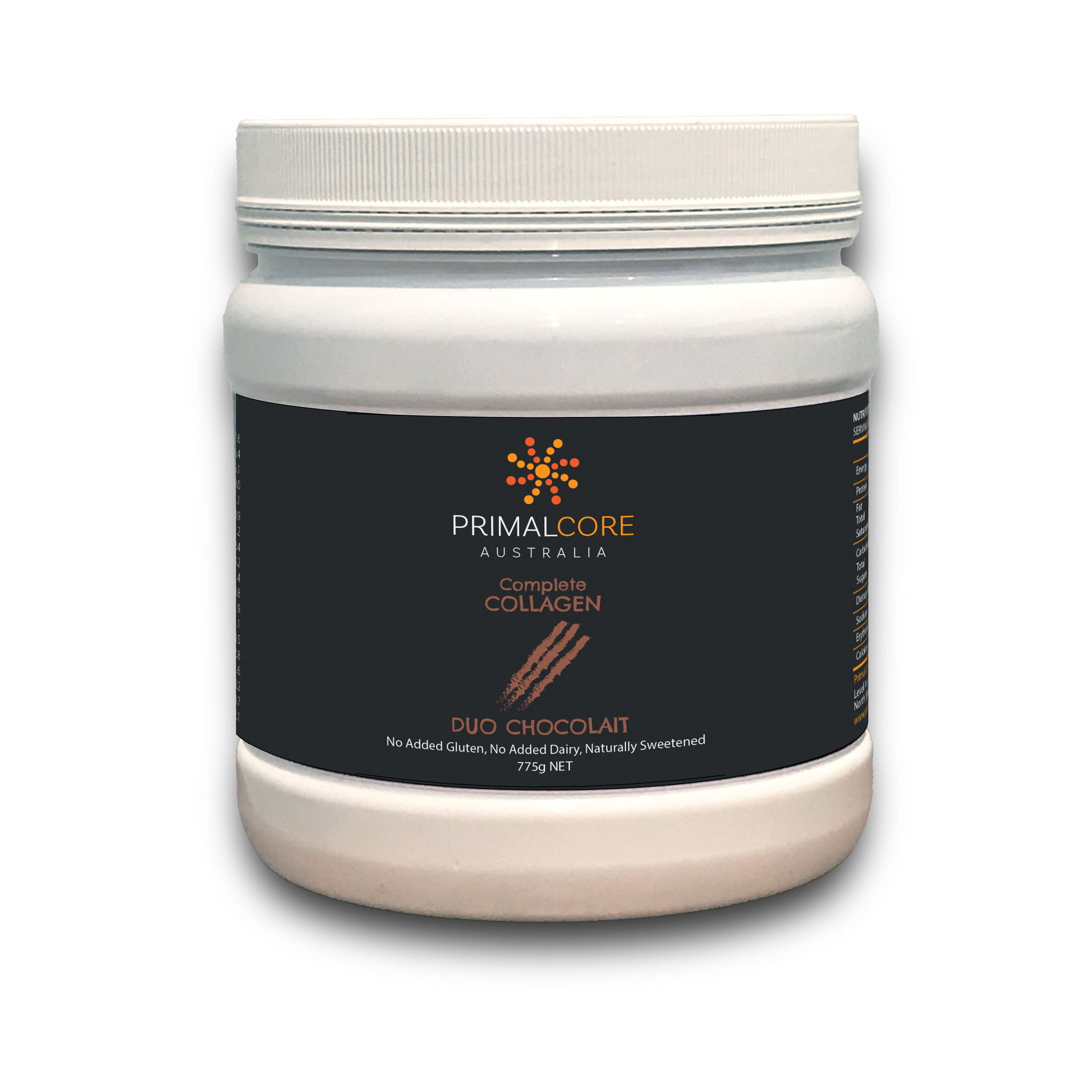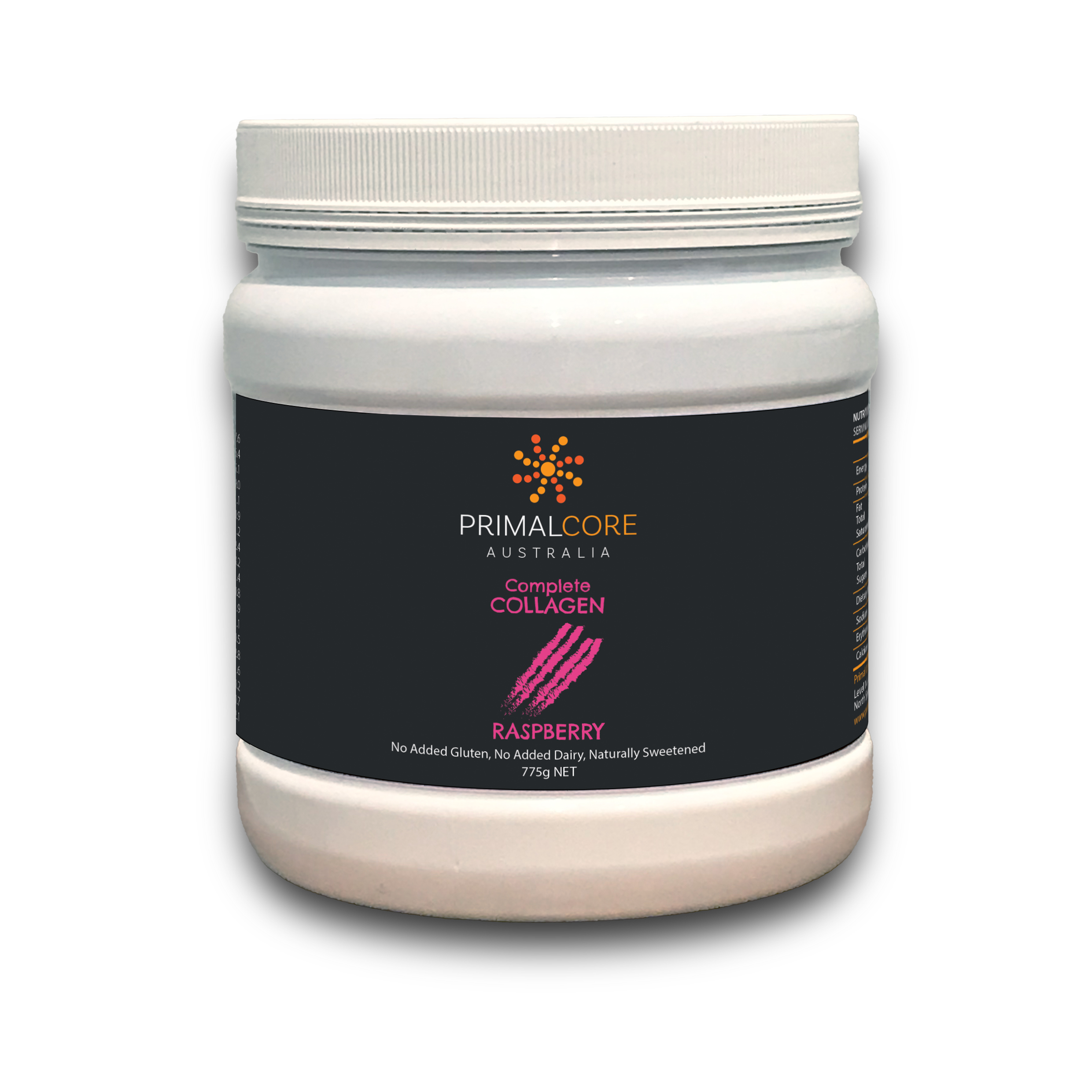It’s probably fair to say that by now, most people have heard of the Paleo Diet. If you happened to miss the boat on that one, there a plenty of online resources that will happily spell out their idea of the paleo diet, but in essence it is a diet that aims to have us eating the same foods as our paleolithic ancestors (fruit, nuts, vegetables and lean meats).
In recent years, the diet has come under fire with some groups in the wider community. Some arguments centre on the content of the diet itself – notably the exclusion of dairy and grains, and complications that can cause under the largely held paradigm of the ‘Food Pyramid’ we’ve been taught for decades.
Other critics focus almost entirely on the word ‘paleo’ (which is perhaps fair, given the word takes up 50% of the name).
So what does an accurate paleo diet look like?
While impossible to know for certain, the historical paleo diet is expected to be comprised of just about anything edible they could get their hands on. We have seen from the diversity in modern hunter gatherer diets, that it would be foolish to assume a uniform intake of food types, macronutrients or Calories.

In recent times, the term paleo has fallen afoul (as often happens in the health and fitness industry) to people pushing their own agenda – using something recognisable (paleo diet) as a base. This can be seen in the many interpretations of the diet, each being pushed as “real paleo” as confidently as the last. Some people advocating for very low carb; very high fat; very high protein or any and all combinations of these.
Adding to the confusion is the fact that one of the accepted staples of the paleo diet – fruit and vegetables, have changed dramatically in even the past few centuries; to the point that we either would barely recognise them in their paleolithic form, or they simply did not exist.
As we can’t dictate a perfect paleo diet with any sort of certainty, some people feel it best to walk a line down the middle, combining basic paleo principles with some flexibility for the modern individual. One example of this is the progression from dictating a paleo diet, to a diet based on a paleo template. This should allow someone the freedom to find their preferred intake of macronutrients, or make room for beneficial foods not always considered to be strictly paleo (some dairy for calcium, whole grains for fibre, etc).
The Benefits of a Paleo Diet
With some paleo gripes out of the way, now we can look at some benefits.
Modern food is a science, for better and worse. On one hand there are companies fortifying rice and cereal with essential vitamins and minerals, but on the other hand are companies trying to make their foods as addictive as possible. Think of the foods you find the hardest to say ‘no’ to once you’ve had a bite. Donuts? Hot chips? Cookies? What do they have in common? They are very high in fat and carbohydrate (often sugar). This combination is very rare in nature and as a result, has been shown to overstimulate your food reward pathways.
As paleo typical foods tend to measure lower in glycaemic load (Usually low in processed carbohydrates and higher in fibre), eating like this consistently has been observed to increase weight loss as well as improve blood lipid profiles in some people. This was found in both calorie restricted and ad libitum (non-restricted) eating.
Paleo foods tend to be less calorie dense. Several studies have indicated the paleo diet to be more satiating than the Mediterranean and other typical diets (per kcal). Because of this, some people find they are able to consistently improve their body composition without needing to count calories. Being able to feel well-fed and still lose weight should not be underestimated when it comes to diet adherence.
At the end of the day, while what you eat is a personal choice, it shouldn’t be too controversial to say that any diet based on satiating, whole-foods; lean meats and minimally processed complex carbohydrates, is going to be an improvement to average person’s diet – Paleo or otherwise.
Primal Core’s products are based on these principles, and combine only the best of ingredients to fuel body and mind without the usual additives and fillers. Check out or whole range here.
Disclaimer: while the above can help inform decisions of healthy individuals, it does not constitute medical advice. Medical conditions should be treated in conjunction with your GP and a registered dietician.




